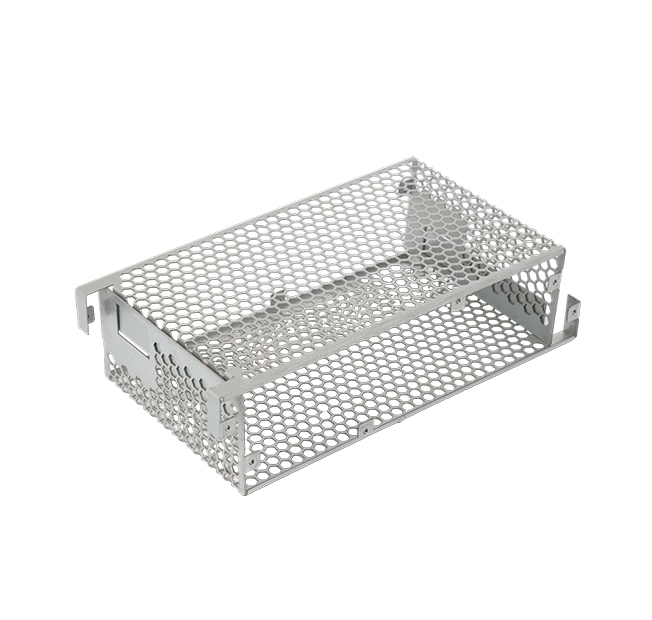Time:2025-07-04 Views:0 source:CNC Machining customization source:CNC Machining news

Controlling the dimensional accuracy of stamping parts is essential to ensure proper assembly and functionality in various products. Several key technologies are employed in the stamping process to achieve high-dimensional accuracy.
Die design and manufacturing play a crucial role. Advanced computer-aided design (CAD) and computer-aided manufacturing (CAM) technologies are used to create highly precise die designs. CAD software allows designers to model the stamping part and the die with great accuracy, taking into account factors such as material properties, forming processes, and expected dimensional changes. CAM technology then translates the design into the actual machining instructions for die manufacturing. High-precision machining processes, such as five-axis machining centers, are used to fabricate the dies. These machining centers can achieve extremely tight tolerances, ensuring that the die cavity and other features are manufactured to the exact specifications required for producing stamping parts with accurate dimensions.
The control of stamping process parameters is another key aspect. Material properties, including thickness, yield strength, and elongation, have a significant impact on dimensional accuracy. Before stamping, the material needs to be carefully selected and inspected to ensure its consistency. During the stamping process, parameters such as blank holder force, punch stroke, and forming speed are precisely controlled. For example, an accurate blank holder force is required to prevent wrinkling and ensure that the material flows uniformly during forming, which is crucial for maintaining the correct dimensions of the part. Punch stroke control is important to ensure that the part is formed to the desired shape and size. Advanced servo presses are often used in modern stamping production. These presses can precisely control the force and displacement during the stamping process, enabling more accurate dimensional control compared to traditional mechanical presses.
In-process measurement and feedback control systems are also essential for dimensional accuracy control. Sensors, such as laser displacement sensors and inductive sensors, are installed on the stamping equipment to measure the dimensions of the stamping parts in real-time. The measured data is fed back to the control system, which can then adjust the stamping process parameters immediately if any deviation from the desired dimensions is detected. This closed-loop control system helps to correct dimensional errors promptly, ensuring that the stamping parts meet the required accuracy standards throughout the production process.
Read recommendations:
Sealing ring Precision electronic parts
Housing components for recessed downlights Precision electronic parts
Oval Magnetic Hardware Precision electronic parts
CNC Machining Dimension Accuracy
CNC processing factory - Meeting customers' strict requirements for precision